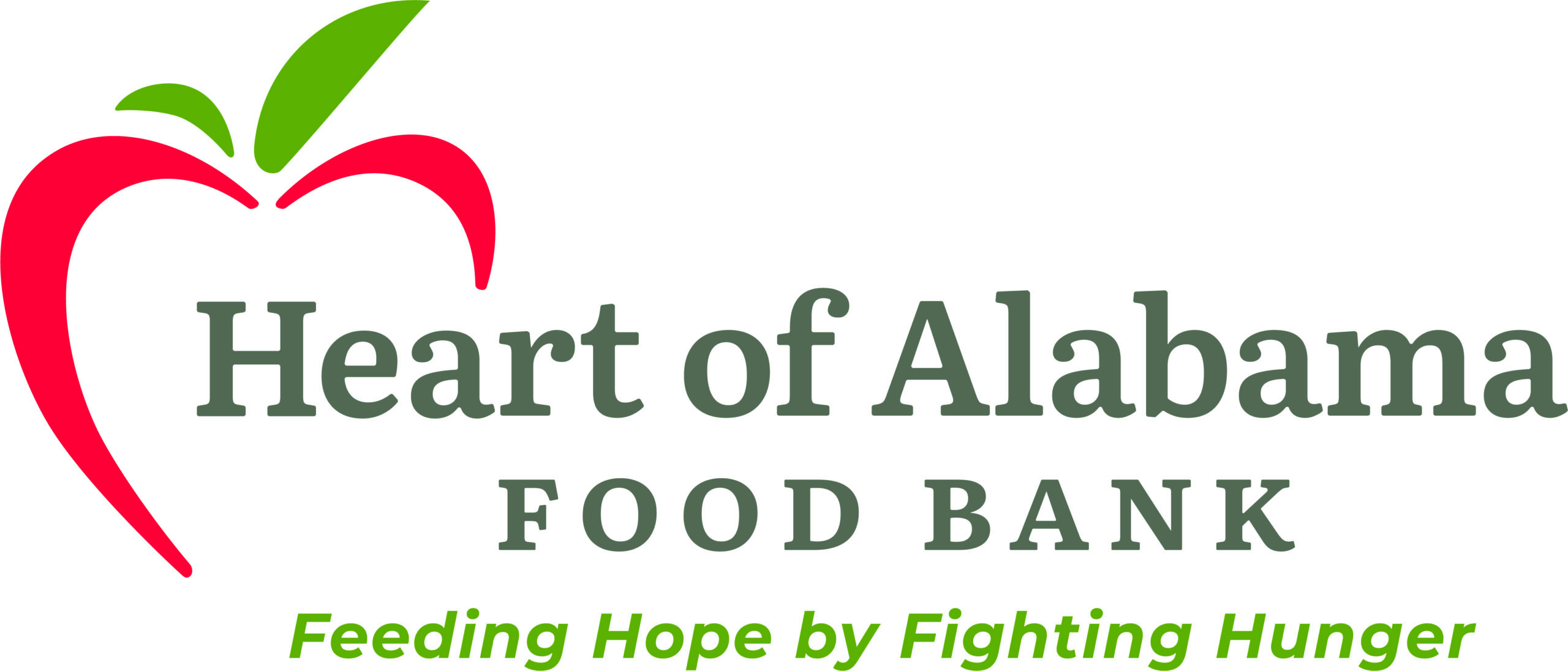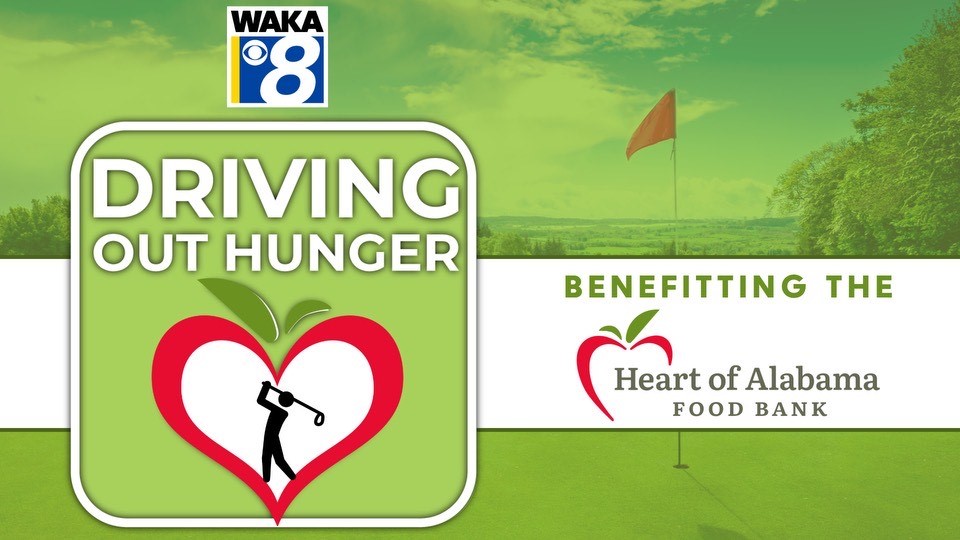The Heart of Alabama Food Bank serves the 12-county river region in Central Alabama. Through our 200-plus partner agencies, we distributed over 27 million pounds of food to people in need
last year.
Partner Agencies
Million Pounds of Food Distributed Last Year
Alabama Counties Served
Mobile Pantry Program
The Mobile Pantry (MP) Program serves as a primary means of providing food to historically underserved areas, especially distant impoverished, rural locations.
Senior Supplement Program
The Senior Supplement Program (SSP) provides supplemental nutritious food to senior citizens.
Commodity Supplemental Food Program
Our Commodity Supplemental Food Program (CSFP) was established to improve the health of low-income elderly persons at least 60 years of age in Montgomery by supplementing their diets with nutritious USDA Foods.
Child Nutrition Programs
In Alabama, almost 250,000 children experience food insecurity. That means 1 in 5 children experience hunger everyday. Montgomery Area Food Bank deploys an array of programs to assist children and families in need of food support.
SNAP
Need help affording healthy food? We can help you apply for Supplemental Nutrition Assistance Program or SNAP, find a food pantry or distribution in your area and more.
Interested in becoming an Agency Partner?
The Heart of Alabama Food Bank works with over 260 food pantries, soup kitchens, residential facilities, and children’s programs across 12 counties in the river region of Alabama. We supply them with a variety of foods including meats, canned goods, fruits, vegetables, bread, and rice. There is no charge for the food, though we do request what is called a “cost-sharing” fee to assist with freight, storage, and sourcing expenses. The fee varies depending upon the item but is no more than sixteen cents per pound. Regularly, we provide fresh produce, eggs, nuts, or other items free for our agencies at pickup, no fee at all.

